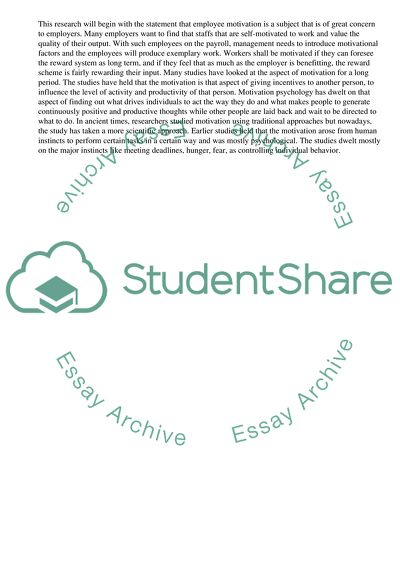Cite this document
(“Factors that motivate employees to work hard Essay”, n.d.)
Retrieved from https://studentshare.org/management/1678888-employees-motivation-at-work
Retrieved from https://studentshare.org/management/1678888-employees-motivation-at-work
(Factors That Motivate Employees to Work Hard Essay)
https://studentshare.org/management/1678888-employees-motivation-at-work.
https://studentshare.org/management/1678888-employees-motivation-at-work.
“Factors That Motivate Employees to Work Hard Essay”, n.d. https://studentshare.org/management/1678888-employees-motivation-at-work.


